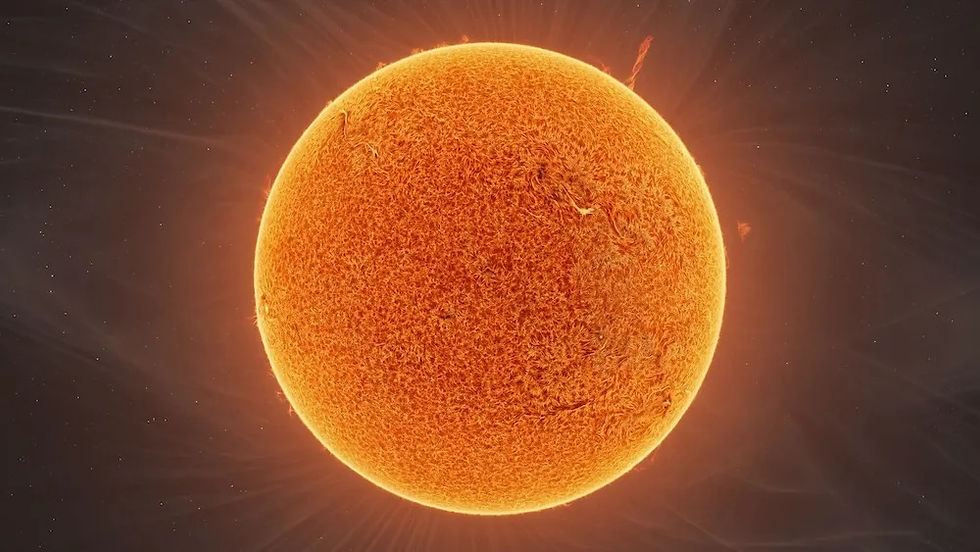Ripples in Reality: General Relativity and Gravitational Waves
- Max Nguyen
- Feb 23
- 1 min read

Imagine spacetime as a vast cosmic trampoline. If you drop something heavy onto it, the fabric bends—exactly what Einstein described with his groundbreaking theory of General Relativity. Now imagine that the massive object isn't just sitting still, but moving violently, like two black holes spiraling into each other. The result? Waves traveling across the universe at the speed of light—ripples in the fabric of spacetime itself, known as gravitational waves.
Predicted by Einstein in 1916, gravitational waves remained theoretical for nearly a century, too faint to detect directly. But in 2015, the LIGO (Laser Interferometer Gravitational-Wave Observatory) detectors made history by picking up gravitational waves emitted from two merging black holes over a billion years ago. This discovery didn't just confirm Einstein’s theory—it opened an entirely new window into the universe, enabling us to "hear" cosmic events that were previously invisible, like black hole mergers and neutron star collisions.
Gravitational wave astronomy has quickly become one of the most exciting fields in physics, providing insights into some of the universe’s most extreme events. Physicists now regularly detect gravitational waves, unraveling secrets of neutron stars, black holes, and possibly even cosmic phenomena we've yet to imagine. Each ripple we detect deepens our understanding of gravity, spacetime, and the violent cosmic dances happening all around us.
Einstein once doubted gravitational waves would ever be detectable—today, they're reshaping astrophysics. It’s a powerful reminder of how a bold theory can alter our perception of reality, resonating across space and time.



Comments